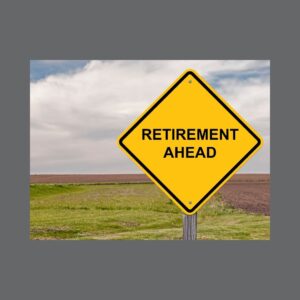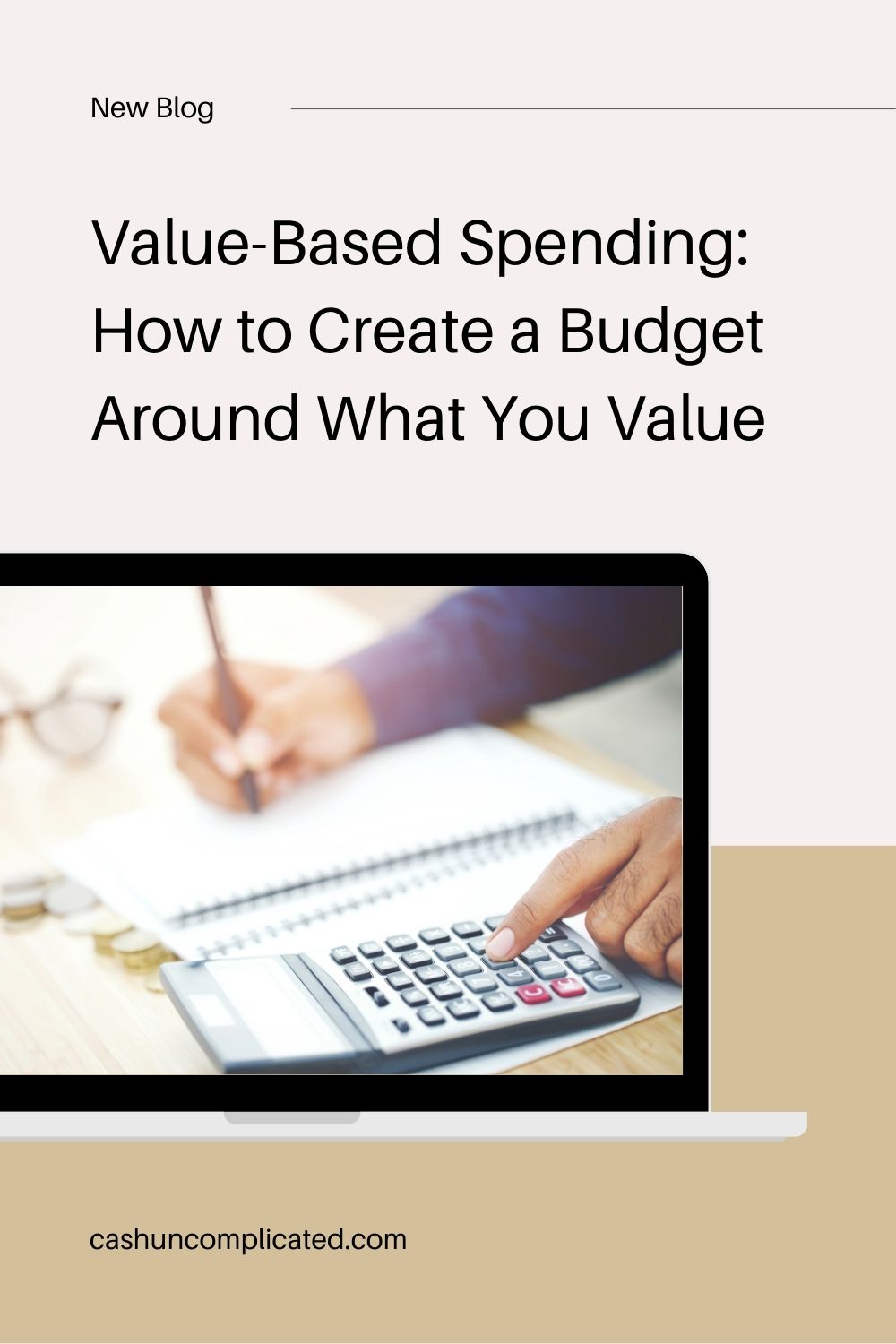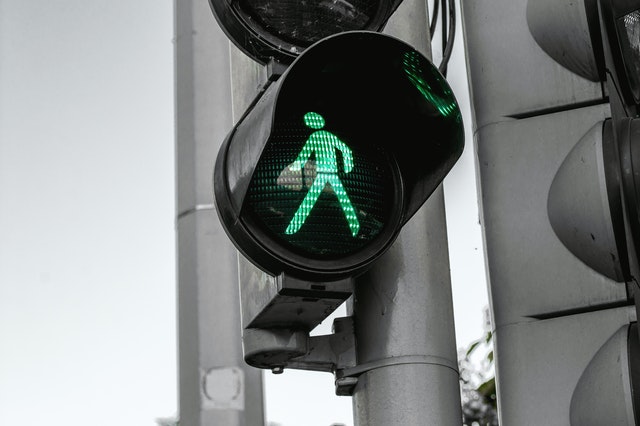Dave Ramsey is one of the most prominent personal finance experts. Perhaps most well-known for the Dave Ramsey Baby Steps, which includes a disdain of debt–his direct and candid advice has reached millions of people. He has helped countless people turn around their financial situation by following his baby steps and eliminating debt.
Who is Dave Ramsey?
Dave Ramsey was inspired to help others with their personal finances after he took the lessons learned from his own financial mistakes. He turned his hard lessons into a business to help others avoid the same pitfalls he faced. Behind Ramsey are the core principles contained in the Dave Ramsey Baby Steps, a simple and easy to understand process that works people through personal finance challenges.
Personal finance can be complicated and challenging. One of the greatest strengths of Dave Ramsey is his ability to take the complex and break it down into an easy process for people to understand. This is also why the Dave Ramsey Baby Steps are so effective in helping people turn around their financial challenges.
Dave Ramsey reaches his followers in a number of ways:
- His website RamseySolutions.com
- Books
- The Ramsey Show
- Events & Conferences
- Apps
Dave Ramsey Baby Steps
These are the Dave Ramsey Baby Steps in order:
- Save $1,000 for your starter emergency fund
- Pay off all debt (except the house) using the debt snowball
- Save 3-6 months of expenses in a fully funded emergency fund
- Invest 15% of your household income in retirement
- Save for your children’s college fund
- Pay off your home early
- Build wealth and give
Dave Ramsey Baby Steps in Detail
This section will cover the Dave Ramsey Baby Steps in detail. Each step is a process meant to serve as a checklist of sorts. Complete step 1 then proceed to step 2. Complete step 2 and proceed to step 3. Do them in order and don’t skip steps.
Baby Step Number 1: Save $1,000 For Your Starter Emergency Fund
Dave Ramsey Baby Step Number 1 is simple. Save $1,000 for your starter emergency fund. The intent behind this step is to have enough money for the unexpected. Car repairs, plumbing issues, miscellaneous household repairs, vet bills, etc. would all fall under this category. Vacations, weekend getaways, or a friend’s birthday dinner would not.
The last thing someone in consumer debt wants to do is to get into more consumer debt. This small fund is designed to offer some protection from this happening. It’s demoralizing to pay off thousands of dollars of a credit card bill then have to add more to the card when something goes wrong.
My Take
I like this concept of having a small emergency fund to cover the unexpected prior to paying off consumer debt. Ramsey understands the importance of setting a solid foundation prior to paying off debt so that the process doesn’t get derailed by an unexpected expense.
If I were completing this step, I would add more to the starter emergency fund. $1,000 is a good starting point but many common household and car repairs exceed $1,000. For example, several months ago I had an unexpected car repair followed by an unexpected vet bill for my dog. The total of those two costs easily exceeded $1,000.
I’m not suggesting to begin with a fully funded emergency fund of three to six months but I would go higher than $1,000. Somewhere in the neighborhood of $2,000 to $3,000 sounds about right to begin with.
Baby Step Number 2: Pay Off All Debt (Except the House) Using the Debt Snowball
Dave Ramsey Baby Step Number 2 is to pay off all debt except the house. When Ramsey says everything but the house, he means it. Credit card bills, car loans, lines of credit, etc.
An incredibly important piece of this process is the method in which the debt gets paid off. Ramsey advocates to use the debt snowball, which is paying off debt from lowest to highest, no matter the interest rate. The idea behind the debt snowball is to earn psychological wins with early success.
My Take
Not a lot of argument here from me on baby step number 2. I don’t like consumer debt. I think it eats away at your monthly investing potential and puts people in a financial hole at the start of each month. Being consumer debt free provides a great start to the month because it’s a clean slate to pay yourself first and then live off the rest.
I understand why Ramsey recommends using the debt snowball to pay off debt. There’s a huge psychological component to paying off debt that is often overlooked. It’s daunting to have multiple debts that need to be paid off, especially large debts. The debt snowball provides a clear process and order that is easy to follow.
The small wins come early, confidence is built, and the person is off and running towards paying off the larger debts. So the process makes sense. I personally prefer a hybrid method where the person in debt begins with the debt snowball but switches over to the debt avalanche when the numbers begin to make sense. I wrote a post about this very topic and also address it in my book Cash Uncomplicated.
Related:
The Psychology of Paying Off Bad Debt
Baby Step Number 3: Save 3-6 Months of Expenses in a Fully Funded Emergency Fund
Baby Step 3 is a big expansion of the first baby step. Now that all debt is paid off, (except the house) Ramsey advises to use the money previously used to pay down the debt to fully fund an emergency account. He advises three to six months. If you’re interested in how much you should keep in your account, check out my post on emergency funds.
Life happens–that’s why we keep emergency funds. Three to six months saved offers some protection from things like a job loss, major car repairs, large issues with the house, etc. Not to mention it will help a lot of people sleep better at night knowing they have some financial cushion.
Related: The Broken Down Car and The Emergency Fund
My Take
Not much disagreement from me on this step either. I think everyone should have an emergency fund. We can all do everything in our powers to reduce risk, but there’s no way to mitigate 100 percent of all risk–that’s why we keep an emergency fund.
Personally, I would also invest at the same time I’m building my emergency fund so I’m not losing time in the market. I believe it’s important to create a solid financial foundation with the emergency fund but it doesn’t have to happen all at once.
For example, if someone has been paying off $1,700 of debt each month, they now have $1,700 to put into their emergency fund. Rather than put all $1,700 into the account, this person could put $500 into investments and $1,200 into the emergency account. It won’t get funded as quickly, but it gives the investor more time in the market and helps get them in the habit of investing. For more in depth analysis, check out my book Cash Uncomplicated.
Baby Step Number 4: Invest 15% of Your Household Income in Retirement
Number four on the list of Dave Ramsey Baby Steps is to invest 15 percent of your household income in retirement. This step is directly after fully funding your emergency fund. So the financial foundation is getting really strong at this point. All debt except the house is paid off and the emergency fund is three to six months. A solid spot to be in.
Using the same money that you used to pay off debt and fund the emergency account, Ramsey advises investing 15 percent of the household income to retirement. For someone who is already used to allocating their money to paying off debt and then funding an emergency account, this step should be seamless. Many people will probably be able to invest more than 15 percent if they want to.
My Take
I agree with Dave Ramsey that it’s critical for everyone to invest in their future–retirement in this case. In my book, I recommend a minimum of 10 percent, but I prefer a higher amount. Ramsey’s 15 percent is a little higher, which is good. Ideally, investors will go even higher than 15 percent. Especially those in the FIRE community who routinely invest over 50 percent of their income.
Here’s where I think people who have followed the Dave Ramsey Baby Steps have a big advantage over the general population. The person who has been following the baby steps and is used to paying off large amounts of debt every month probably has more money to invest than 15 percent.
Earlier, I used the example of someone who paid off $1,700 of debt per month. For someone making $10,000 per month, that’s already 17 percent of their income, which is more than the recommended 15 percent. For someone making $8,000 per month, that’s 21 percent of their income–also higher than 15 percent.
Same goes for someone making $9,000 per month–that’s 19 percent of their income. And someone making over $10,000 per month should have plenty to live on while investing more than 15 percent, especially if they have been disciplined enough to follow the Baby Steps up to this point.
Baby Step Number 5: Save For Your Children’s College Fund
The next baby step recommended by Ramsey is to save for your children’s college fund. College is very expensive. It may get more expensive, it could stay the same, or it could become less expensive if government subsidies are provided. The point is we don’t know the future so we have to use our current information to make the decision.
Ramsey recommends saving for college in a 529 college saving plan or an ESA (Education Savings Account). Depending on what a parent can afford to contribute, or chooses to contribute, college may be fully funded or partially funded for the child.
My Take
I like that paying for college is addressed with this step. It’s easy to let the time go by and not think about paying for college until the kids are in their teens. By that time, it can be difficult to play catch up since college is only a few years away by this time.
I also think there are a lot of unknowns about college, such as:
- Your child could get a full or partial scholarship
- The government may offer more or less assistance to pay for college
- Your child may bypass college for another opportunity
- One child may go to college while the other(s) may not
The point is there are a lot of unknowns. Many college savings plans are only to be used for education so there may be negative tax implications if that money is taken out for something other than education. Talk with your CPA about these types of accounts.
One thing I’m almost 100 percent sure of is that we will need money in the future. That could include your child’s education, or it might not. Since we know we need money, I invest in things like real estate where I have options to use the money however I want or need.
I may need it for the kid’s college, but I can also use it for my own retirement, medical expenses, traveling, or anything else. The more options, the better it is for me personally.
Baby Step Number 6: Pay Off Home Early
Number six of Dave Ramsey Baby Steps is to pay off your home early. Many people think of “home” as a traditional detached house, but it can be anything you own. That may be a detached home, condo, townhome, or anything else you own.
The selling point here is that there is no more mortgage debt–allowing you to save thousands in interest and have complete freedom from debt. For most homeowners, the mortgage is the largest monthly expense so eliminating that expense is a goal many people strive for.
My Take
I understand why Ramsey has paying off the house as step 6, and why many people want to pay off their house. I personally don’t have this goal for a variety of reasons, including:
- The interest rate on my home loan is lower than the average return on my investments
- Opportunity cost for future investments
- Doesn’t allow for inflation to erode the loan amount
Personal finance is personal–there’s not a one size fits all for a topic like this. For some people, it makes a lot of sense to pay off the house. Just some of the reasons people may have for paying off a house:
- Security of owning a paid off home
- The feeling of not having debt
- Guaranteed return on investment
- Example: Paying off a loan with 3.5% interest is a guaranteed return of 3.5%
- Eliminates the largest expense for most people
So I understand why people would want to pay off their house and why Ramsey includes this advice. It just doesn’t work for me personally. It may be something I aim for in the future, but not at this point.
My last point on the topic is there is really no such thing as completely debt free. Even a fully paid off home has monthly expenses. There’s property taxes (which often increase by large amounts), utilities, repairs, maintenance, and other miscellaneous expenses. Those can be reduced but they never go away.
Baby Step Number 7: Build Wealth and Give
The final of the Dave Ramsey Baby Steps is to build wealth and give. In this step, there is no more debt, including the mortgage. A person in this situation may or may not be financially free, depending on their circumstances and expenses. Anyone in this position has tremendous opportunity to continue to build their wealth and be very generous with others by giving.
Often times the term “debt free” is used interchangeably with “financially free”, but they are different. See my post Financially Free vs Debt Free for a detailed explanation.
My Take
I think this is a great last step–plus it’s sustainable for a long period of time. Wealth building can look a variety of ways. Just some of them:
- Continue to work and invest large portions of money
- Retire and allow compounding to work for you
- Work part time and use some of the money to fund investments while living on the rest
- Take on different investment opportunities
The beauty of step seven is freedom and choices, along with the ability to give. Giving can also look a variety of ways, including but not limited to:
- Donating to charities
- Providing financial support to individuals in need
- Creating college scholarships
- Donating a combination of time and money
- Offering free mentoring
There are endless ways to be generous and give. It’s a new and fulfilling opportunity–a reward for a well-executed financial life.
The Good and the Bad
There are a lot of great things about the Dave Ramsey Baby Steps. It makes sense why millions of people have been helped by following them. And I believe the Baby Steps will continue to help out millions more people. They’re easy to follow, concise, and the expectations are clear.
Not to be lost in the mix, the Baby Steps highly factor in human psychology. Dave Ramsey understands that someone in debt needs a clear-cut plan that include some quick victories. The first victory is $1,000 saved in a beginning emergency fund. Most people are able to achieve that relatively quickly.
After someone finances the $1,000 into their beginning emergency fund, they move on to paying off debt. The first few debts might be very small–maybe only a couple hundred. But that first debt paid off is a huge victory and Ramsey understands that it’s critical to building confidence.
That allows for the next opportunity, the one after that, so on and so forth. The debt payoff is about building confidence just as much as the actual payoff. Many number-crunchers are guilty of just looking at the interest rates because that is the mindset they are coming from. It’s important to remember that sometimes people just need a small win and a simple plan–which is what the Dave Ramsey Baby Steps excels in.
Final Thoughts: You Don’t Have to Agree with Everything to Benefit
As I wrote about in previous sections, I agree and disagree with the Dave Ramsey Baby Steps. I think some parts are great, while other parts could be revised and updated for each individual’s circumstance.
Here’s an important point though–you don’t have to agree with everything Dave Ramsey teaches to benefit from his coaching. Like with any influencer, expert, or teacher–apply the knowledge that is useful to you, and don’t apply the advice that doesn’t work for you.
My personal financial plan is a combination of many different influences into one plan that works for my situation and goals. My own plan includes the teachings of Robert Kiyosaki, David Bach, George Clason, Thomas Stanley, Dave Ramsey and many others. It’s up to me to synthesize the information and create a custom plan for myself.
In other words, take the best of the best and make it work for you.
Are the Dave Ramsey Baby Steps part of your personal finance plan?











